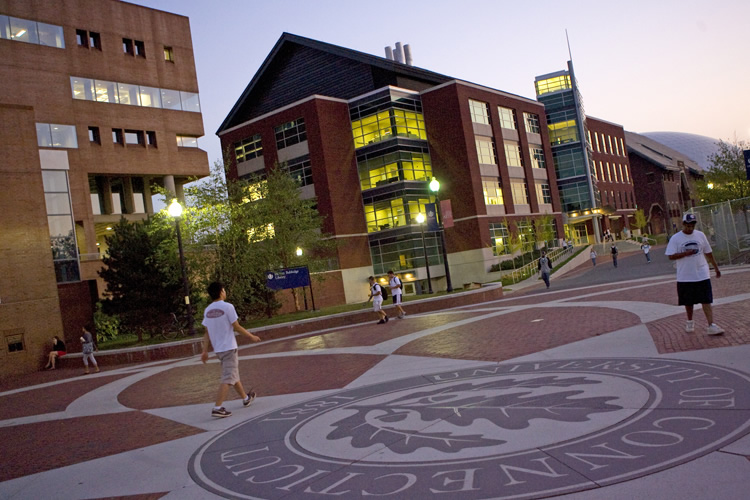The University of Connecticut is missing out on millions in savings because of Gov. Dannel Malloy’s agreement to forego layoffs during his first term in office.
A recent study by prominent consulting firm McKinsey & Co. said the university could save at least $8 million a year over five years, but UConn says one-third of those savings are out of reach because of the no-layoff agreement.
UConn, which is facing budget problems, will miss out on at least $12 million in savings, but the number could be nearly double that, according to the firm’s report.
McKinsey estimated that, over a five-year period, the university could save between $39 and $67 million and raise as much as $30 million in non-tuition revenue if it implemented the firm’s recommendations.
The study, commissioned in November 2010, cost UConn $3.9 million. McKinsey issued its final report in November 2011. Malloy finalized the no-layoff agreement while the study was ongoing, in August 2011.
According to UConn spokeswoman Stephanie Reitz, 30 percent of possible savings identified in the McKinsey report would require reductions in personnel costs.
“At this time, there is a ‘no layoffs’ clause in place in labor contracts governing unionized UConn employees due to the SEBAC agreement,” she said.
Reitz added that UConn reviews staff and administrative positions that open, either due to resignations or retirements, to determine if and when they should be refilled.
“In many cases, departments have been able to save money by leaving positions unfilled and allocating the duties among other employees if appropriate,” she said.
Since the report’s debut in November 2011, the university has made “steady progress” saving in “key areas,” such as purchasing, facilities and information technology, according to an April 2013 update.
In its evaluation, McKinsey suggested that UConn raise parking fees to match prices at comparable universities, which would avoid the school subsidizing parking for its students.
The university’s Undergraduate Student Government was considering a proposal to hike up parking charges in December 2010. The Parking Advisory Committee introduced a similar proposal in October 2011, just one month before the McKinsey report was released.
Since the report, UConn has generated revenue by increasing parking fees and student residence fees being “realized,” according to the update.
McKinsey also noted that UConn did not match up with its peers in gift giving and contributions. It said that boosting fundraisers through the UConn Foundation would produce the largest revenue stream for the university.
In a September 2011 press release, President Susan Herbst said that it is “crucial” for UConn to focus on building its endowment, because “that will provide us with more resources over time and enable us to better endure the ups and downs of the economy.”
Reitz said plans for enhancing fundraising are “under way,” starting with the UConn Foundation hiring a new director.
She also said the Office of Economic Development has been “focusing strongly on patents, licensing and other commercialization opportunities” for UConn-developed technologies.
While UConn was considered “on par” with other large research universities in information technology spending, McKinsey said consolidating its IT system could help save money and enhance quality of service.
In the update, officials detail changes to the purchasing department, in which more than 20 contractural relationships were renegotiated for pricing and terms, as well as reorganization and collaboration with UConn Health Center.
As of July 1, UConn will have saved an estimated $7.4 million in the wake of the evaluation, said Reitz. She attributed much of the savings to consolidation.
There were mixed reviews among students and legislators alike, both when the firm was hired in 2010 and when the report was released in 2011.
Reitz said no major changes have been made since the April update was released.
Jordan Otero is a summer 2013 Yankee Institute journalism intern. She is a senior studying journalism at Franciscan University of Steubenville. She lives in Southington.

